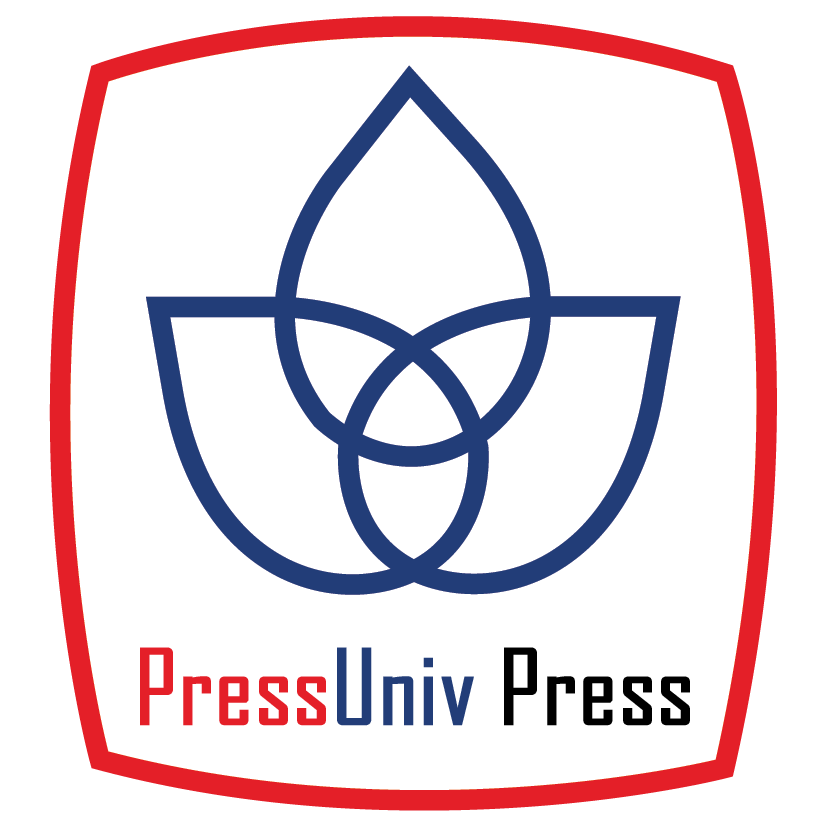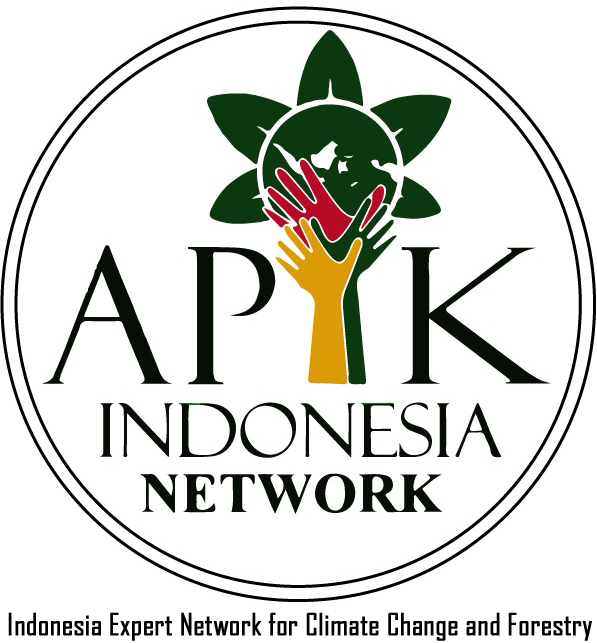The evaluation of hydraulic parameters in water distribution network using Epanet 2.0 (Case study: Comoro, Zone I, Timor-Leste)
Abstract
Keywords
Full Text:
PDFReferences
World Health Organization (WHO), “Protecting surface water for health. Identifying, assessing and managing drinking-water quality risks in surface-water catchments,” 2019. Accessed: Feb. 14, 2021. [Online]. Available: https://www.euro.who.int/__data/assets/pdf_file/0009/404496/SDG-14-policy-brief.pdf.
M. H. Masum, N. Ahmed, and S. K. Pal, “Analysis of Water Distribution Network Using EPANET,” ICCESD | KUET, pp. 1–11, Feb. 2020.
H. Zhang, X. Cheng, T. Huang, H. Cong, and J. Xu, “Hydraulic Analysis of Water Distribution Systems Based on Fixed Point Iteration Method,” Water Resources Management, vol. 31, no. 5, Mar. 2017.
R. Ahmadullah and K. Dongshik, “Designing of Hydraulically Balanced Water Distribution Network Based on GIS and EPANET,” International Journal of Advanced Computer Science and Applications, vol. 7, no. 2, Feb. 2016.
W. Yunarni Widiarti, S. Wahyuni, R. Utami Agung Wiyono, E. Hidayah, G. Halik, and D. Sisinggih, “Evaluation of pipe network distribution system using EPANET 2.0 (a case study of the city of Jember),” IOP Conference Series: Earth and Environmental Science, vol. 437, p. 012043, Feb. 2020.
T. A. Babar, S. N. Khan, H. M. S. Khan, A. Nasir, and M. Umar, “Water Supply Scheme System Design for Peri Urban Areas of Punjab using EPANET,” Pakistan Journal of Geology, Apr. 2020.
“Servico agua no Saneamento (SAS),” Timor-Leste.
US EPA,ORD, “EPANET | US EPA,” US EPA, Jun. 24, 2014.
H. R. Natara, “PERENCANAAN DISTRIBUSI AIR BERSIH KECAMATANLOURA KABUPATEN SUMBA BARAT DAYA – NTT,” Undergraduate Dissertation, Institut Teknologi Nasional Malang, 2018.
H. R. Natara, “PERENCANAAN DISTRIBUSI AIR BERSIH KECAMATANLOURA KABUPATEN SUMBA BARAT DAYA – NTT,” Undergraduate Dissertation, Institut Teknologi Nasional Malang, 2018.
A. Gustira, “ANALISIS SISTEM DISTRIBUSI AIR BERSIH PDAM TIRTA MUSI UNIT PELAYANAN ALANG-ALANG LEBAR KOTA PALEMBANG,” Master Degree of Civil Engineering, University of Lampung, 2019.
G. Balacco, A. Carbonara, A. Gioia, V. Iacobellis, and A. F. Piccinni, “Evaluation of Peak Water Demand Factors in Puglia (Southern Italy),” Water, vol. 9, no. 2, p. 96, Feb. 2017, doi: 10.3390/w9020096
R. Sathyanathan, M. Hasan, and V. T. Deeptha, “Water Distribution Network Design for SRM University using EPANET,” Asian Journal of Applied Sciences, vol. 4, no. 3, pp. 2321–089, Jun. 2016.
L. A. Rossman, Center For Environmental Research Information (Estats Units D’amèrica, Estats Units D’amèrica. Environmental Protection Agency. Office Of Research And Development, and National Risk Management Research Laboratory (Estats Units D’amèrica, EPANET 2 : Users Manual. Verlag: Cincinnati, Ohio: U.S. Environmental Protection Agency. Office Of Research And Development. National Risk Management Research Laboratory, 2000.
S. G. Jumanalmath and A. V. Shivapur, “Analysis of 24× 7 Water Distribution Network of Gabbur zone in Hubballi city, Karnataka state, India using EPANET software,” International Research Journal of Engineering and Technology (IRJET), vol. 4, no. 2, pp. 2395–0072, Feb. 2017.
DOI: http://dx.doi.org/10.33021/jenv.v6i1.1430
Copyright (c) 2021 Thalia de-Fatima Salsinha Soares

This work is licensed under a Creative Commons Attribution-ShareAlike 4.0 International License.
Journal of Environmental Engineering and Waste Management Published by PresUniv Press, in collaboration with IESA and APIK Indonesia Network




